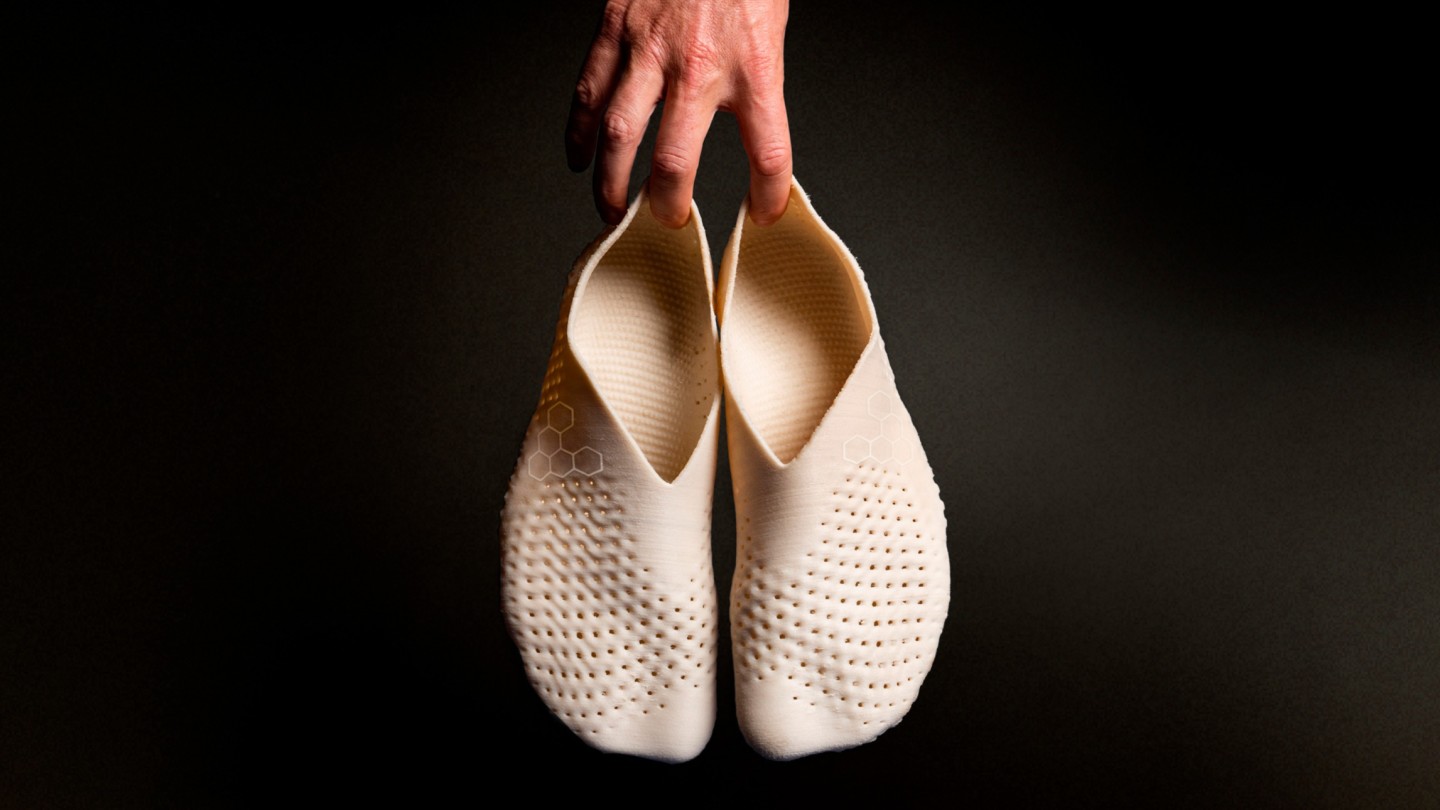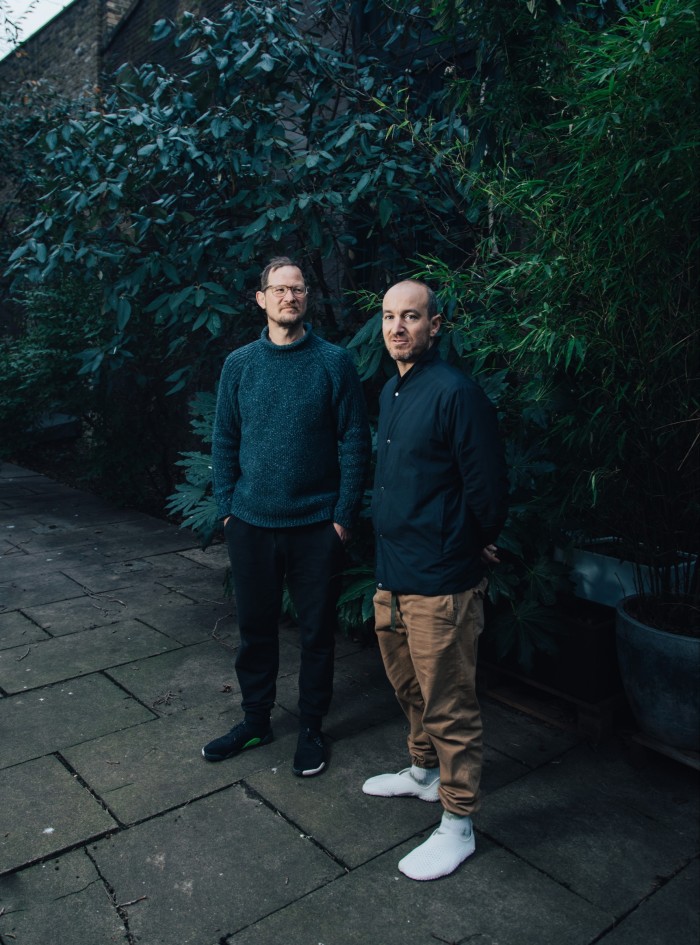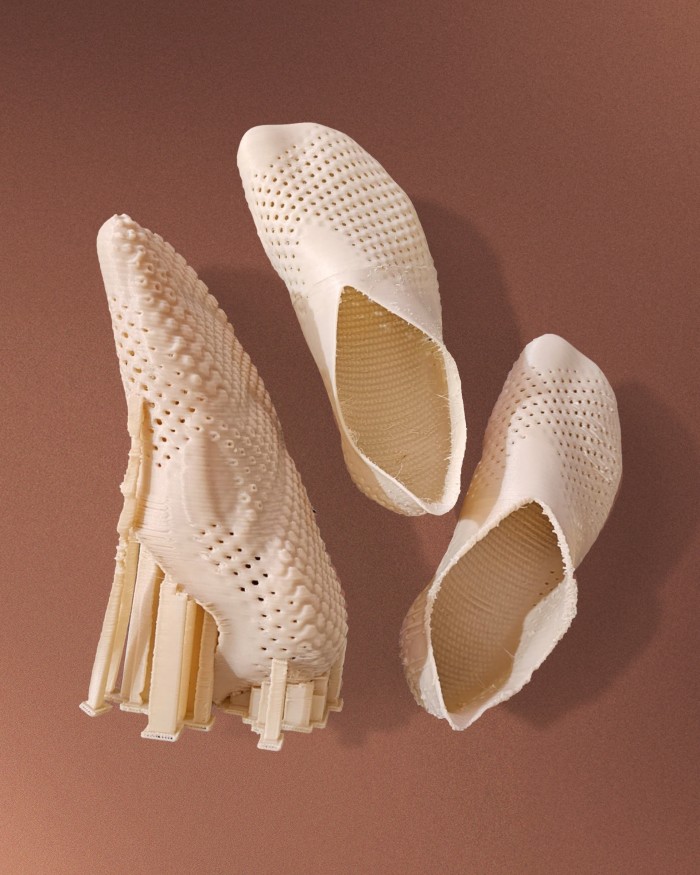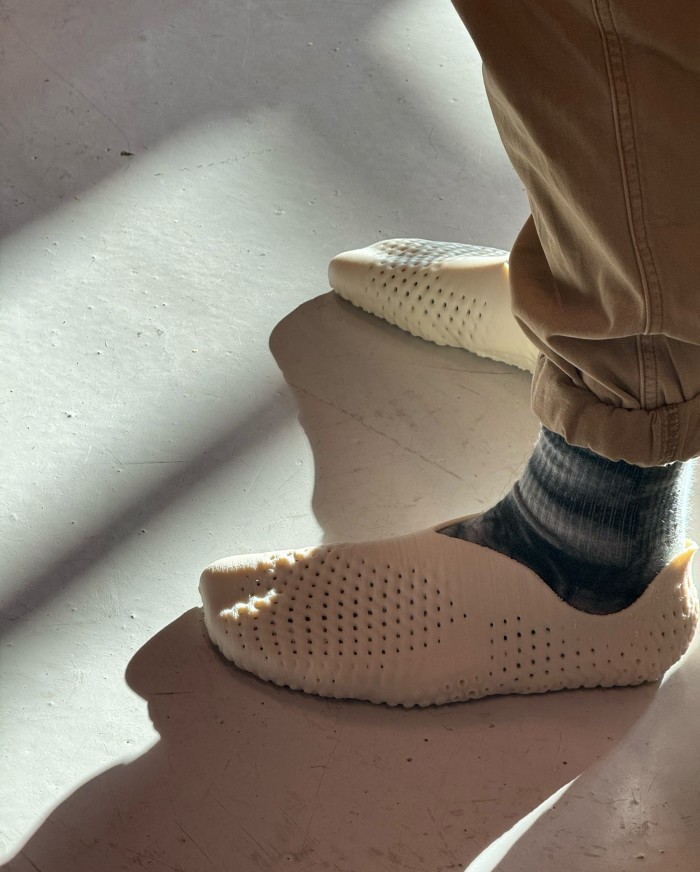Introducing Vivobarefoot’s compostable shoe

Simply sign up to the Style myFT Digest -- delivered directly to your inbox.
“Shoes are trashing our feet and our planet,” says Asher Clark, seventh-generation scion of the Clarks shoemaking dynasty. The statistics are galling: 23 billion shoes manufactured a year globally, while 22 billion are sent to landfill. “Studies show up to 75 per cent of runners get a running-related injury,” he says. “Cushioned soles don’t allow the brain to get the sensory information it needs to move your body correctly, which dramatically increases the likelihood of injury. The best bit of technology to go into a shoe is the human foot. Shoes should follow your feet – not the other way round.”

In 2012, Clark and his cousin Galahad founded Vivobarefoot, a footwear brand (certified B Corp) developing design solutions to tackle these issues. Its shoes draw on barefoot design principles – wide, thin and flexible for optimum natural movement. The collection encompasses outdoor, active, everyday and children’s – from the Men’s Tracker Forest (£210) to the Kids Primus Sport Preschool (£65).
Most recently, the company launched a radical made-to-order, scan-to-print circular bare-footwear system – VivoBiome. Now in its trial phase, it features a prototype membership and loyalty platform where “Biome Pioneers” can scan, try on and feed back on innovations being brought forward. The latest launch is a partnership with material science company Balena: the world’s first compostable shoe.


“We have been developing it for three years,” says Clark. “It uses Balena’s new BioCir flex material, which is more than 51 per cent bio-based. It is certified to break down in industrial composting in less than 90 days, leaving no toxic substances.” Local manufacturing will reduce shipping, while 3D-printing will cut down on waste.
“This collaboration radically challenges the prevailing take, make, waste model with an alternative vision rooted in regenerative design principles,” says Amanda Johnston, curator for The Sustainable Angle, the not-for-profit behind the Future Fabrics Expo.
The race to create stylish sustainable shoes is a pacey one. In 2022, former Timberland global creative director Christopher Raeburn launched Timberloop for the Earthkeepers by Raeburn collection – a shoe that not only brought to market the regenerative rubber sole but was designed to be disassembled at the end of its wearable life for recycling. 3D printers of shoes such as NFW are also pioneering natural-based materials and soles.
In April, 2,000 pairs of Vivobiome shoes will be released for Biome Pioneers (who can apply via the brand website) to try out, with bespoke pairs trialled in May. The project will kick off with a hub in the UK, with Germany and the US to follow. “Our goal at Vivobarefoot is to develop performance footwear that is both durable and fully compostable,” concludes Clark. “This first-of-its-kind collaboration moves us a step closer.”
Comments